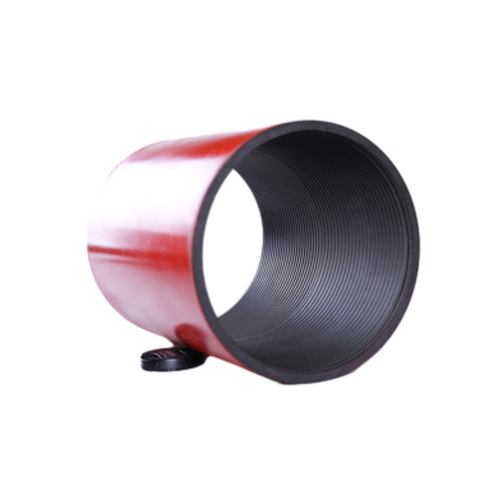Exploring the Importance of Tubing Collars in Oil and Gas Operations
Understanding Tubing and Collars Essential Components in Oil and Gas Drilling
In the oil and gas industry, efficient extraction and production processes are foundational to success. Among the many components that contribute to these processes, tubing and collars play a crucial role in ensuring the integrity and efficiency of drilling operations. This article explores what tubing and collars are, their functions, and their significance in the oil and gas sector.
What is Tubing?
Tubing is a series of pipe segments that are inserted into a wellbore to transport fluids, such as oil, gas, or water, from the reservoir to the surface. Typically made of high-strength steel, tubing must withstand high pressure and extreme temperatures found deep within the earth. Its design is vital because it needs to be durable yet flexible enough to accommodate changes in pressure and temperature during extraction processes.
The manufacturing of tubing is a meticulous process that guarantees its durability and efficiency. Industry standards, such as those set by the American Petroleum Institute (API), govern the specifications for tubing, ensuring that it can resist corrosion, fatigue, and rupture. Tubing comes in various sizes and grades, allowing engineers to select the most appropriate type based on the specific conditions of each drilling project.
What are Collars?
Collars, on the other hand, are steel devices that connect sections of tubing and facilitate the well's operations. They act as anchor points to secure the tubing in place and play an essential role in stabilizing it. Collars can also house critical components like valves and measurement devices, which are necessary for monitoring the well's performance.
Typically, collars are thicker and heavier than standard tubing and are designed to withstand the rigors of high-pressure environments. They are crucial for enhancing the structural integrity of the tubing string, ensuring that it can perform effectively under the various mechanical stresses encountered during drilling and production activities.
Functions of Tubing and Collars
The primary function of tubing is to provide a pathway for fluids to travel from the reservoir to the surface. This includes not just the extraction of oil and gas but also the injection of water and other fluids back into the reservoir, a process known as water flooding. Tubing must ensure that these processes occur efficiently and safely.
tubing collar

Collars, meanwhile, serve multiple roles. They help in jointing various tubing sections and contribute to the overall stability and strength of the tubing string. The design of collars can also incorporate features that facilitate operations, such as allowing access points for intervention tools or instrumentation.
Importance in Drilling Operations
The significance of tubing and collars in drilling operations cannot be overstated. Properly selected and installed tubing ensures that wells can be produced efficiently and safely. Any failure in the tubing system could result in catastrophic events, including blowouts or leaks, which could lead to environmental disasters and financial losses.
In addition to their safety implications, tubing and collars also affect the economic viability of oil and gas projects. For instance, high-quality tubing may cost more initially, but its durability can lead to lower maintenance costs and reduced downtime, ultimately saving money in long-term operations.
Recent Developments and Innovations
The oil and gas industry is continually evolving, with technological advancements leading to better performance of tubing and collars. New materials and manufacturing techniques have emerged, aimed at improving the resistance of these components to corrosive environments and extreme temperatures.
Moreover, innovations in design, such as the use of intelligent collars equipped with sensors, allow operators to monitor well conditions in real time. This capability enhances decision-making and helps optimize production strategies.
Conclusion
In summary, tubing and collars are integral components of the oil and gas drilling industry. Their roles in transporting fluids, ensuring structural integrity, and facilitating safe and efficient operations cannot be undervalued. As the industry continues to innovate and improve, the development of more advanced tubing and collars will undoubtedly contribute to the sustainability and profitability of oil and gas exploration and production. Understanding these components is essential not only for industry professionals but also for anyone interested in the complexities of resource extraction.
-
Tubing Crossover - API Compatible, Custom Sizes, In StockNewsNov.10,2025
-
Tubing Coupling | High-Strength, Leak-Proof Steel CouplingsNewsNov.10,2025
-
Wholesale API Threading Casing Coupling | API 5CT, Fast ShipNewsNov.10,2025
-
Pup Joint Supplier | API Certified, Custom, Quick ShipNewsNov.10,2025
-
Pup Joint Manufacturers | Precision Machined, Fast DeliveryNewsNov.10,2025
-
Tubing Coupling | Precision Steel, Leak-Proof, Fast DeliveryNewsNov.03,2025







